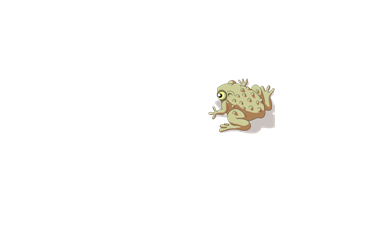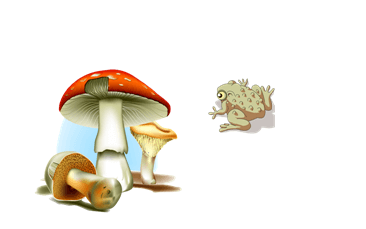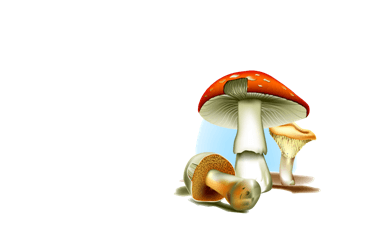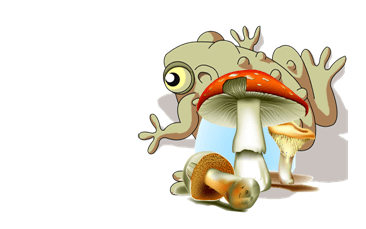Creating basic lesson activities
The Activity Builder enables you to create matching activities, sorting activities, labeling activities, games and more using your own content.
Using the Activity Builder, you define one object on the page as an activity object. You then define which objects on the page will be accepted and which will be rejected when you drag the objects over the activity object.
Note
You’ll complete the following tasks when creating matching lesson activities:
Using the Activity Builder
Adding sounds to objects (see Adding sounds to objects)
To create a matching lesson activity
Create the object you want to use as the activity object and the objects you want to accept or reject when dragged to the activity object.
Press Add-ons
 , and then press Activity Builder.
, and then press Activity Builder.Select the object you want to use as the activity object, and then press Edit.
Drag the objects you want to accept to the Accept these objects list.
A green check mark
 appears beside objects you select to accept.
appears beside objects you select to accept.Drag the objects you want to reject to the Reject these objects list.
A red X
 appears beside objects you select to reject.
appears beside objects you select to reject.Notes
To quickly select any remaining objects on the page to accept or reject, press Add All Remaining in the appropriate list.
To remove an object from a list, drag it to the trash can icon
 .
.
Press Done.
To change a matching lesson activity’s settings
Press Add-ons
 , and then press Activity Builder.
, and then press Activity Builder.Select the activity object, and then press Edit.
Tip
If you don’t know which object on the page is the activity object, click
Identify. Blue diagonal lines appear for three seconds over any activity objects on the page.Press Settings.
Select the desired animation for accepted objects in the first Animation drop-down list.
Optionally, select the Also play the object’s sound check box to play sounds attached to accepted objects when they’re dragged over the activity object (see Adding sounds to objects).
Select the desired animation for rejected objects in the first Animation drop-down list.
Optionally, select the Also play the object’s sound check box to play sounds attached to rejected objects when they’re dragged over the activity object (see Adding sounds to objects).
Press Done.
To present a matching lesson activity
Drag the objects (or have students drag the objects) to the activity object.
If the object is accepted, the accepted object animation plays (fade out by default).
If the object is rejected, the rejected object animation plays (bounce back by default).
Press Add-ons
 , press Activity Builder, and then press Reset All when you’re done.
, press Activity Builder, and then press Reset All when you’re done.
To remove a matching lesson activity
Press Add-ons
 , and then press Activity Builder.
, and then press Activity Builder.Select the activity object, and then press Clear Properties
Note
You’ll complete the following tasks when creating hide-and-show lesson activities:
Moving objects
Locking objects
Resizing objects using the scaling gesture
You can hide an object and then reveal it using several techniques:
Add a Screen Shade to a page. During the presentation, gradually remove the shade to reveal the underlying text and graphics when you’re ready to discuss them (see Using the Screen Shade).
Cover the object with digital ink and then erase the digital ink (see Writing, drawing, and erasing digital ink).
Cover the object with another object and then change the order of the objects in the stack.
Use the object animation feature (see Animating objects).
Alternatively, you can hide an object behind a locked object and then use the scaling gesture to enlarge and show the hidden object if you’re using a SMART interactive product that supports multitouch gestures.
To create a hide-and-show lesson activity
Create or insert the object you want to hide.

Create or insert the object you want to lock.

Move the object you want to lock so that it covers the object you want to hide.

Select the object you want to lock, press its menu arrow, and then select Locking > Lock in Place.
Use the scaling gesture to enlarge and show the hidden object while keeping the locked object in place (see Resizing objects).

Keywords |
|
Related documents |